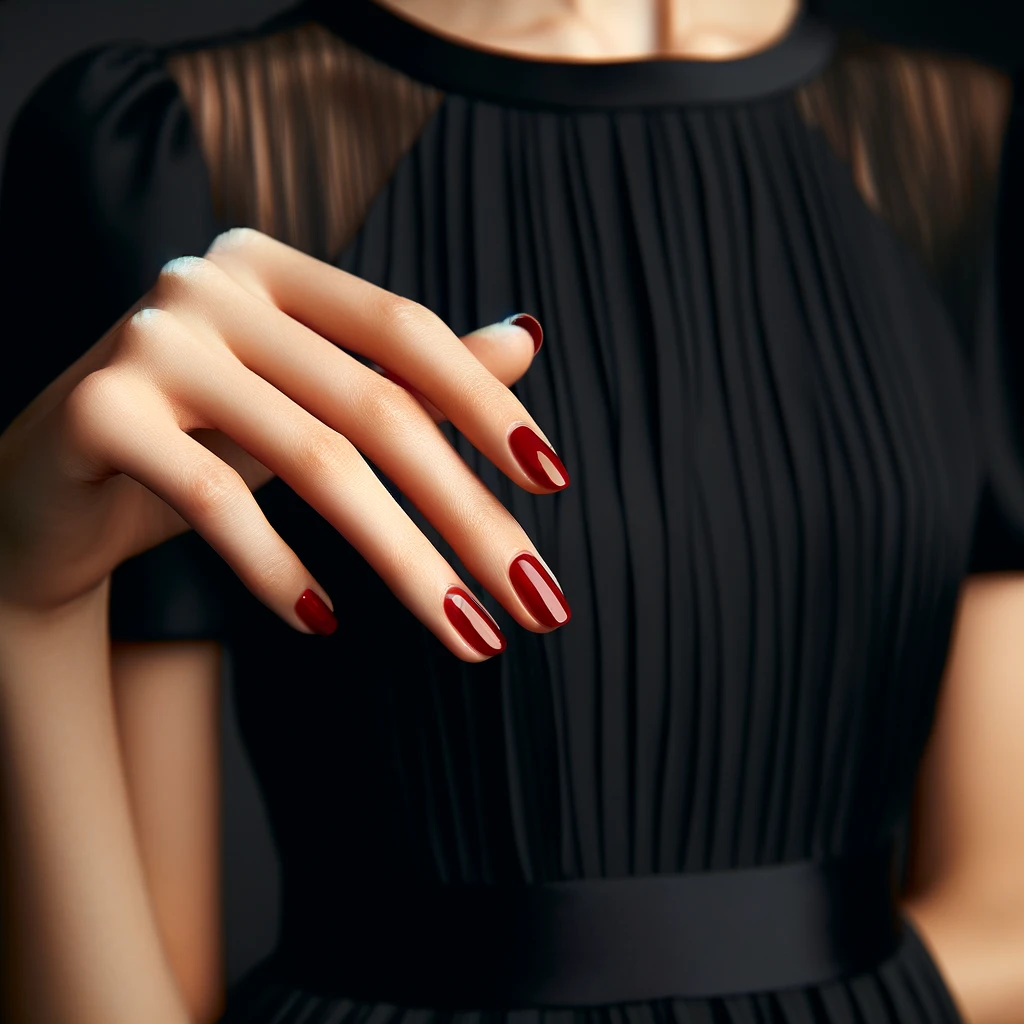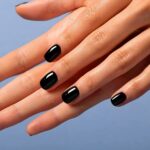Table of Contents
The Red Nail Theory, a viral sensation on TikTok, has sparked a blend of intrigue and skepticism across the internet. This trending concept suggests that women wearing red nail polish receive more attention from men, leading many to ask: What’s the Red Nail Theory really about? Is it a mere social media fad or is there psychological substance to it?
At its core, the Red Nail Theory taps into the psychological impact of color, particularly red’s association with passion, power, and attraction. This theory has gained momentum on platforms like TikTok, where users share their experiences and fuel discussions about its validity.
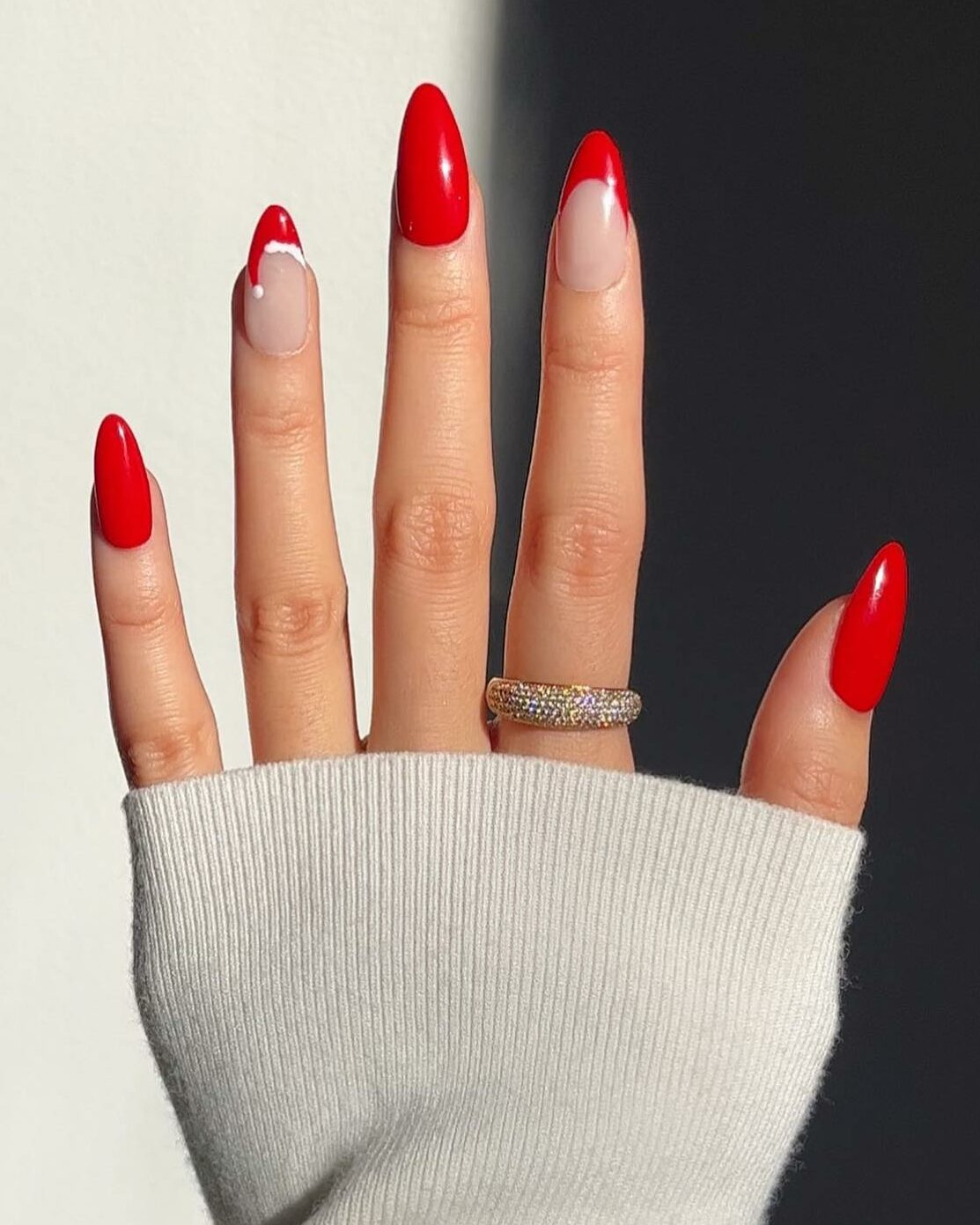
However, it’s important to approach the Red Nail Theory with caution. Largely based on anecdotal evidence and personal testimonies, it lacks robust scientific backing. While entertaining and thought-provoking, the theory should be viewed more as a cultural phenomenon rather than a proven psychological principle.
In summary, the Red Nail Theory, while fascinating, remains a topic for casual debate rather than serious academic consideration. Its popularity on TikTok showcases the power of social media in shaping trends but also underscores the need for a critical approach to such viral concepts.
The Buzz Around Red Nail Theory
The Red Nail Theory isn’t just a passing trend; it’s become a focal point of fascination. This concept, suggesting Red Nail as a beacon for male attention, has sparked widespread conversations. It’s a topic that has crossed from casual chats into the realm of viral social media discussions, especially on platforms like TikTok. What’s particularly interesting about the Red Nail Theory is the blend of intrigue and skepticism surrounding it. People are curious. They’re experimenting, sharing their experiences, and debating the outcomes. Some swear by its effectiveness, while others view it with a healthy dose of skepticism. This dichotomy adds to the allure, making the theory a subject of ongoing curiosity.

Social media, particularly TikTok, has played a pivotal role in catapulting the Red Nail Theory into the spotlight. Videos discussing the theory, showcasing personal experiments, and offering anecdotal evidence have garnered millions of views. These platforms have become a hotbed for discussing and dissecting the theory, with users eagerly engaging with the content, adding their perspectives, and fueling the conversation. What makes the Red Nail Theory stand out is that it transcends the typical beauty trend discourse. It delves into deeper discussions about social dynamics, gender perceptions, and the psychological impact of color. This gives the theory a broader appeal, reaching beyond those interested in beauty trends and capturing the attention of a wider audience intrigued by the interplay of psychology and social interaction.
The Intrigue Behind the Color Red
Red isn’t just a color; it’s a psychological powerhouse. This hue commands attention and conveys a spectrum of emotions, from passion and love to danger and power. When we talk about the Red Nail Theory, we’re delving into these deep associations. Red has been shown to elevate the heart rate, symbolizing action and urgency.
In various cultures, red is imbued with significant meanings. It’s the color of luck in some places, of warning in others. It’s both celebratory and cautionary. This duality adds to its allure and influence. When applied to the Red Nail Theory, it’s easy to see why red nails could be perceived as more than just a fashion choice; they’re a statement.
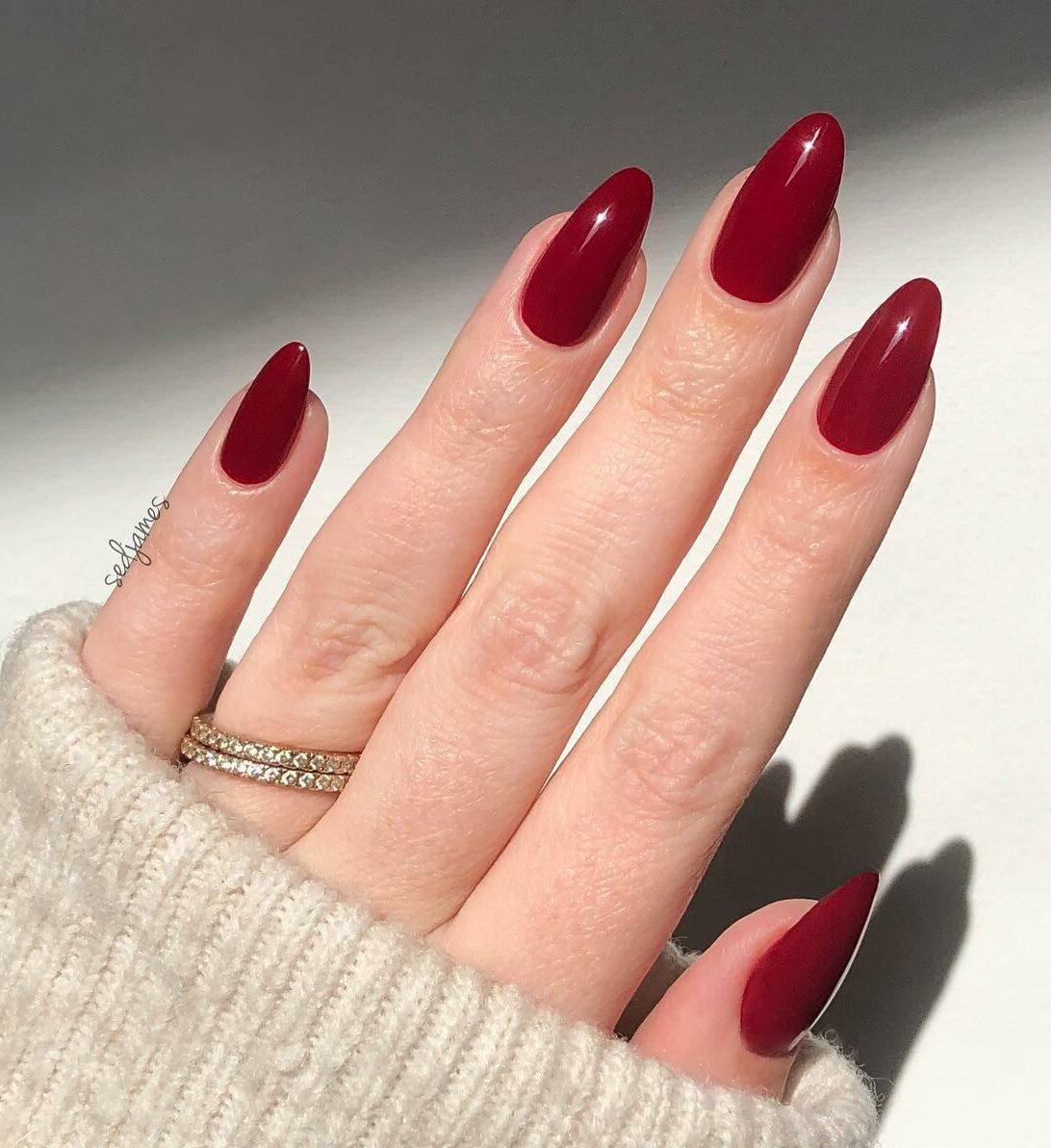
Furthermore, red’s visibility is unparalleled. It stands out in a crowd, draws the eye. This aspect alone could explain why red nails are noticed more. It’s not just the color itself, but its inherent ability to be seen. The Red Nail Theory taps into this visibility and the deep-seated psychological responses to red. It’s not just about aesthetics; it’s about how our brains are wired to react to this bold color. Whether in the form of a red dress, a sports car, or nail polish, red grabs attention and holds it, making it a color of power and attraction in the social arena.
TikTok and the Spread of the Theory
The explosive growth of the Red Nail Theory on TikTok is a testament to the platform’s power in shaping trends and conversations. TikTok, known for its viral content and diverse community, has become a crucial catalyst in spreading the Red Nail Theory far and wide. Users from different backgrounds and cultures are sharing their personal experiences and experiments with red nails, contributing to the theory’s popularity and reach.

On TikTok, content related to the Red Nail Theory often takes the form of before-and-after experiments, storytelling, and discussions. Users apply Red Nail polish and document their experiences, noting any changes in the way they are treated or perceived. These videos, often engaging and relatable, have a way of resonating with a wide audience, sparking curiosity and encouraging others to try the same experiment.
Moreover, TikTok’s algorithm, which promotes content based on engagement and interest, has helped in amplifying the reach of the Red Nail Theory. Videos that gain traction quickly spread across the “For You Page,” reaching users who might not have otherwise engaged with such content. This has led to a sort of feedback loop, where the more a topic is discussed, the more visibility it gets, further fueling the conversation.
So, Is the Red Nail Theory True?
When delving into the Red Nail Theory, it’s crucial to approach it with a level of caution. While the concept is intriguing and has garnered significant attention, especially on platforms like TikTok, it’s important to remember that it is largely based on anecdotal evidence rather than scientific research. The theory, suggesting that Red Nail attract more attention from men, is an interesting topic in the realm of social psychology, but it lacks empirical support.

This lack of scientific backing means that the theory should be viewed more as a social observation rather than a proven psychological phenomenon. It’s vital to acknowledge the role of individual differences in perception and behavior. Not everyone responds to colors in the same way, and personal preferences, cultural backgrounds, and individual experiences can greatly influence how one reacts to something as subjective as nail color.
Furthermore, it’s essential to consider the broader implications of subscribing to theories like this. While they might seem harmless and fun, they can inadvertently reinforce certain stereotypes or simplistic views of social interactions and gender dynamics. Reducing complex human behaviors and attractions to a single factor like nail color might oversimplify the nuanced nature of personal relationships and interactions.
Final Thoughts
In summary, the Red Nail Theory transcends being just a trend, prompting us to consider the subtle ways color influences perception and interaction. While it has sparked much interest on platforms like TikTok, its basis remains in personal anecdotes rather than scientific evidence. This phenomenon underscores the intriguing intersection of psychology, culture, and the potent influence of social media in shaping trends.
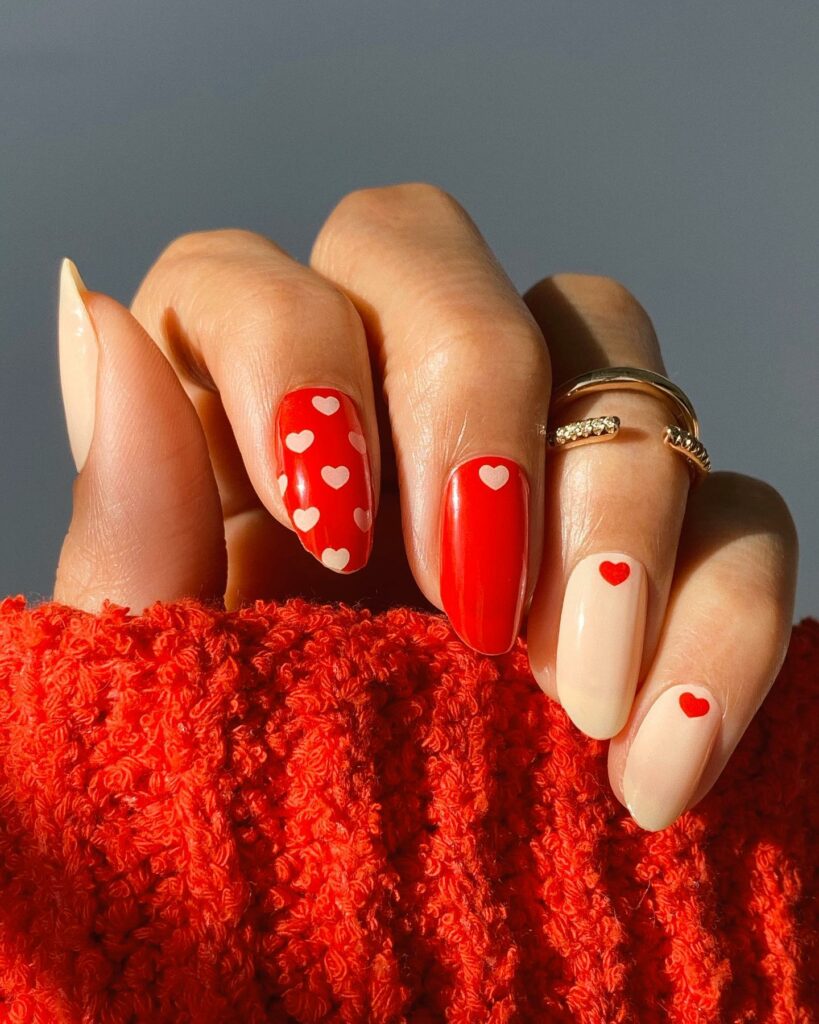
However, it’s important to approach the Red Nail Theory with a critical mindset. Its popularity highlights the rapid spread and evolution of ideas online but also serves as a reminder to discern between captivating narratives and scientifically validated facts. The Red Nail Theory, therefore, is not just a subject of curiosity but also a lesson in the discernment of digital age phenomena.
